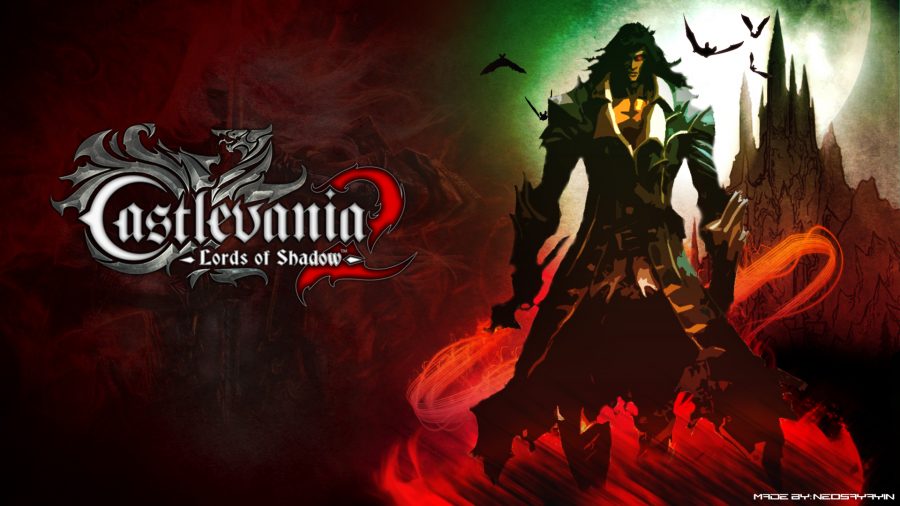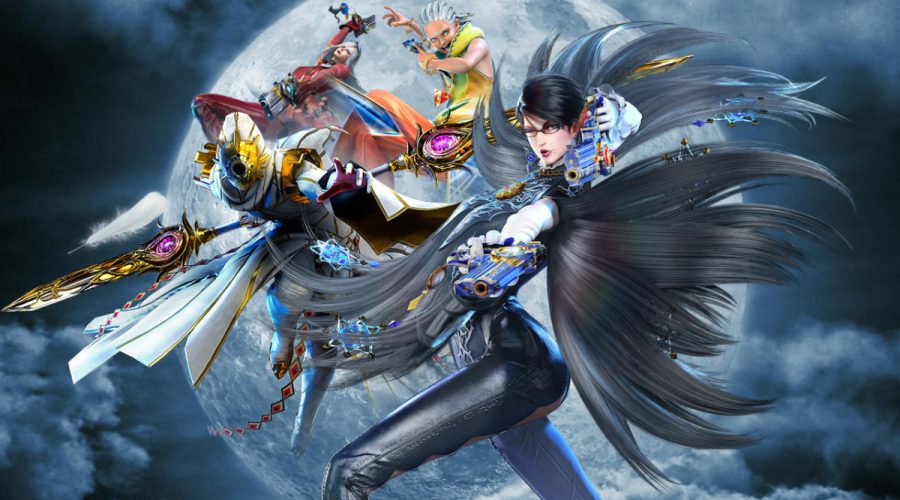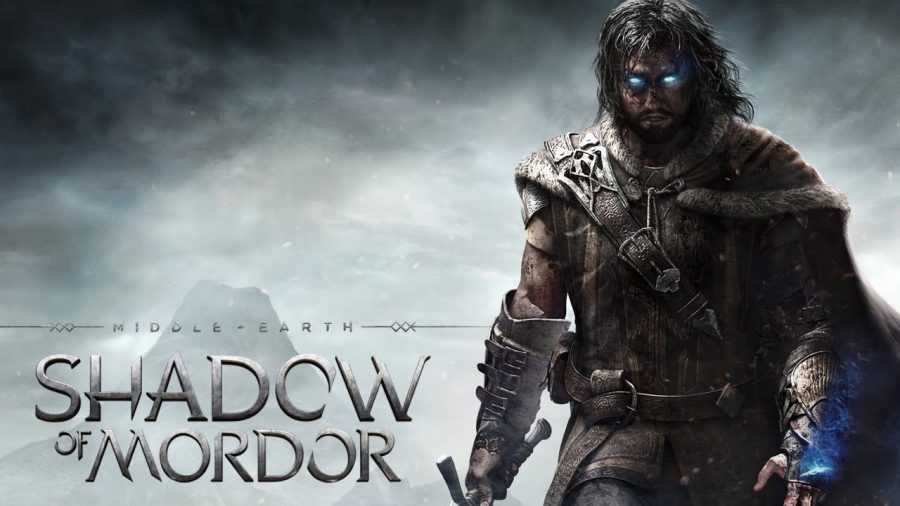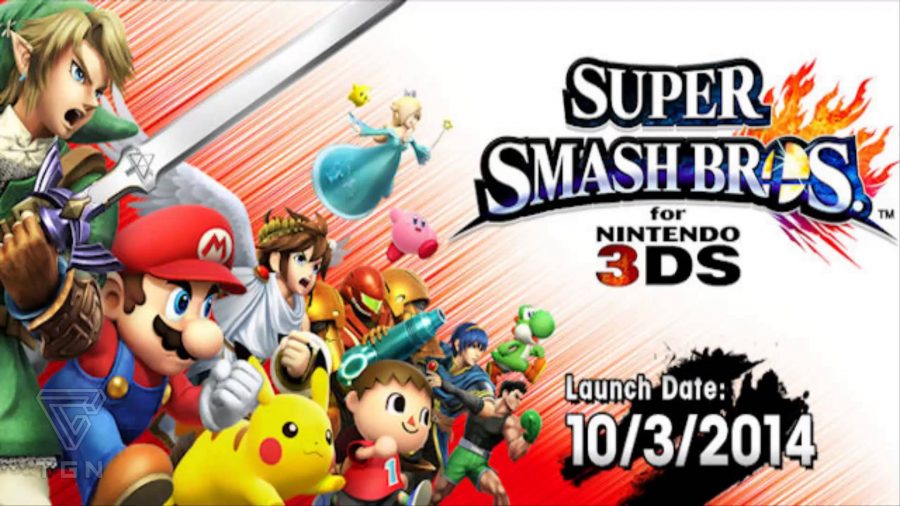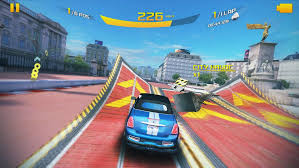Jake Dubusker ‘15
In my Dark Souls review last week I mentioned that many video games nowadays air on the side of very easy, holding your hand and guiding your every step as if you were 5 years old and it was your fussy mom. But while Dark Souls throws you under the bus with every wrong step you take, there are some games that reach a great balance of difficulty, managing to be challenging without being frustratingly difficult to get used to. However, I am not reviewing one of those games.
Castlevania: Lords of Shadow 2 is yet another attempt to adapt Castlevania to 3D gameplay. The game starts with a dragged out cutscene and some backstory, including a recap of the previous game’s events. After you gain control of your character, Dracula, you are introduced to combat with some cheap knights who are trying to overthrow your reign. In combat, you wield a medium range whip-like weapon that can do heavy attacks and light attacks, and you face multiple enemies at any given time, taking them on all at once with your superior strength and agility. If this sounds familiar, it’s because I did, in fact, just describe God of War. While it is a pretty obvious imitation, I did have fun with the combat for a little while, but it got tiresome quickly when the same enemies I’ve batted into the wall kept getting up over and over again, as if I wasn’t actually doing damage. I found that after a while I was absentmindedly just clicking the mouse to attack until the game let me move on.
Eventually, the game introduces its climbing elements in a climactic opening boss fight with the forces trying to overthrow you. A massive holy battle-mech emerges and you have to take it down by climbing all over it, finding its weak spots, and attacking them while avoiding being attacked yourself. Yes, I did just describe Shadow of the Colossus. The tragic thing is that it isn’t even a good imitation. There’s only one path for you to ever follow climbing, and they even highlight it for you. This brings me to my next criticism, the game’s difficulty is bordering on insulting. Some boss fights can be a challenge combat-wise, but the game assumes that you have the attention span of a brain-damaged grasshopper, so it frequently blatantly points out what you’re supposed to be doing. There were many occasions when the game actually paused itself, told me to press a certain button to not die, and wouldn’t resume until I pressed that button. It might as well just highlight the exact path you’re supposed to take; after all it already does that in the climbing sections. I mentioned that the boss fights were occasionally challenging, but that’s only because they’re riddled with quick-time events. After pounding the boss enemy in his weak spot 50 times, be prepared to press a random button very quickly at exactly the right time while you’re focused on watching the combat animation. If you fail, the gods of Press X to Not Die will bestow upon the boss newfound strength, restoring its health you’ve whittled down up until that QTE and letting him knock you down dealing a moderate amount of damage. Actually, I can’t complain too much about this because the game does offer one feature that I will happily cast away all dignity and debase myself in gratitude for, and that is the ability to actually disable all quick-time events. Without constantly having to worry about pressing X to not die, the boss fights become more entertaining and the challenge is completely fair.
There are two separate worlds in the game that you play in. One is in the modern-day world that Dracula woke up in after a long sleep, and the other is an illusory great castle world that might be a dream or something, it’s confusing. The castle world is where the game truly feels like a Castlevania game, with the free roaming and large, formidable castle world to explore. It had the potential to be a fantastic 3D adaptation of Castlevania mechanics and atmosphere. However, it is not good because it makes too many mistakes in the implementation. The most blaring is that exploration is mind-numbingly boring. Nearly the whole castle is devoid of enemies to fight, save for one or two non-respawning simpletons every now and then, meaning it’s mostly just a mass of climbing and platforming sections set in a very impressive looking environment. I mentioned that the combat became dull quickly in the beginning, but after many very boring hours of climbing up walls to find another key, I cherished every second of combat that I went out of my way to find. The second, real world you play in has no special features to speak of. It basically uses the same mechanics as the Castle world except that it takes place in more modern areas like factories and warehouses. It is in this world that you encounter the greatest sin of the game, forced stealth sections. Many areas of the real world are lined with massive enemies that kill you instantly if they detect you, meaning you have to sneak around through air ducts and hide in darkness to avoid them. Any feeling of a Castlevania game is lost in these dull sections whose only purpose is to make you greatly appreciate every game that does not implement them.
Castlevania: Lords of Shadow 2 is a big misstep by Konami. They seem to be set on trying to adapt Castlevania to 3D gameplay when they’ve never had very much success with it. The 2D games of the series can boast such classics and masterpieces such as Symphony of the Night and Aria of Sorrow, but the 3D games of the series can’t boast anywhere near that level of success. I can’t say that at any point in the game that I had enough fun to justify going through the many parts of the game that only gave me headaches. I suppose the game could be good if you like God of War and Shadow of the Colossus but can’t afford them and only have a copy of this game that you found in a nearby dumpster, otherwise I can’t recommend it.
Categories:
Castlevania: Lords of Shadow 2 Review
April 11, 2014
More to Discover
